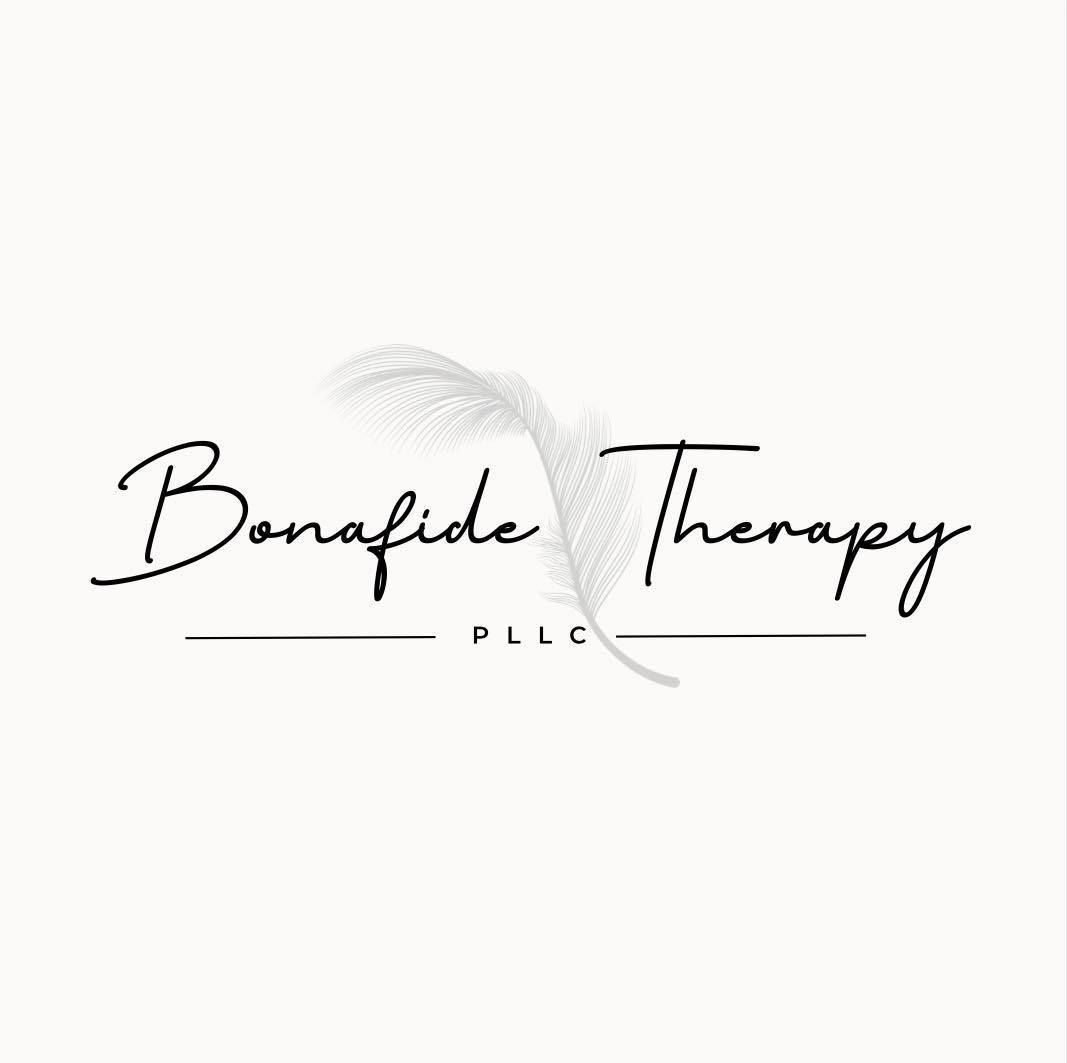Understanding EMDR Therapy
Discover how EMDR can transform your healing journey.
You may find that past traumatic experiences continue to affect your daily life, manifesting as anxiety, flashbacks, or emotional distress. These feelings can make it difficult to focus on the present or enjoy your relationships, leaving you feeling stuck and overwhelmed. You might be exhausted from trying various coping strategies that never seem to provide lasting relief. The burden of unprocessed memories can weigh heavily on your mind and body, creating a cycle of avoidance that prevents you from truly moving forward. Every time a trigger arises, it feels like you’re being pulled back into the trauma, leaving you feeling helpless and isolated.
EMDR (Eye Movement Desensitization and Reprocessing) offers a structured approach to healing from trauma. Through a series of guided sessions, you’ll learn to process distressing memories in a safe and supportive environment. By reprocessing these memories, you can reduce their emotional charge, develop healthier beliefs about yourself, and reclaim your sense of agency. With EMDR, you have the opportunity to transform your relationship with the past, allowing you to live more fully in the present and create a brighter future.
What is EMDR?
EMDR, or Eye Movement Desensitization and Reprocessing, is a powerful, evidence-based therapy designed to help individuals process and heal from traumatic experiences. Developed in the late 1980s, EMDR has gained recognition for its effectiveness in treating trauma-related disorders, allowing clients to reclaim their lives and move forward with renewed strength.How does EMDR work?
EMDR therapy involves a structured eight-phase approach that utilizes bilateral stimulation—such as guided eye movements, sounds, or taps—to facilitate the reprocessing of traumatic memories. This process helps to reduce the emotional charge associated with these memories, enabling clients to integrate their experiences in a healthier way and restore emotional balance.What are the benefits of EMDR?
The benefits of EMDR are profound. Clients often experience a significant reduction in trauma-related symptoms, improved emotional regulation, and a greater sense of empowerment. Many report feeling lighter and more at peace after sessions, as EMDR helps to clear the mental fog and emotional weight that trauma can impose. Ultimately, EMDR paves the way for healing, resilience, and a brighter future.Is EMDR right for you?
If you’re struggling with trauma or distressing memories, EMDR may be a suitable option for you. It’s essential to consult with a qualified therapist to discuss your specific needs and determine the best approach for your healing journey.Get Started with EMDR
At Bonafide Therapy, we are dedicated to supporting you through your healing process. Our founder, Sara Letizia, is committed to providing compassionate and effective EMDR therapy tailored to your unique experiences. Take the first step towards recovery today.
Join Us on the Path to Healing
Experience the transformative power of EMDR therapy at Bonafide Therapy. Our supportive environment and expert guidance will help you navigate your healing journey with confidence and hope.
8 phases of EMDR
History Taking
We start by exploring your personal history, including past traumas and current challenges, to understand how your experiences are affecting you. This phase helps us identify the specific memories or issues we’ll target in therapy.
Preparation
I’ll teach you grounding techniques and coping strategies to help you manage any emotional distress that may arise during the process. The goal is to ensure you feel safe and equipped to handle the therapy sessions.
Assessment
Together, we’ll identify a target memory, along with the negative belief associated with it. You’ll also choose a positive belief you'd like to hold instead, which we’ll work toward strengthening throughout therapy.
Desensitization
In this phase, you’ll focus on the traumatic memory while following specific eye movements or other forms of bilateral stimulation. This helps to reduce the emotional intensity of the memory and reprocess it in a less distressing way.
Installation
Once the memory’s emotional charge has been reduced, we’ll reinforce the positive belief you want to replace the negative one. This helps you reframe the experience and integrate healthier beliefs moving forward.
Body Scan
You’ll focus on how your body feels when thinking about the traumatic memory, ensuring there’s no lingering physical tension or discomfort. This phase helps release any residual emotional distress stored in the body.
Closure
At the end of each session, we’ll make sure you feel calm and grounded. I’ll guide you through relaxation techniques and check in to ensure that you leave the session feeling stable and in control.
Reevaluation
In the next session, we’ll revisit the progress made, assessing whether the target memory has been fully reprocessed. We’ll also determine if further work is needed on that memory or if new targets should be addressed.

What People Say About EMDR

"I had been struggling with PTSD for years, and traditional talk therapy only scratched the surface. After starting EMDR, I was amazed at how quickly I began to process my trauma. The sessions were intense, but I felt safe and supported throughout the process. I noticed a significant decrease in my anxiety and flashbacks, and for the first time in a long time, I felt a sense of hope and healing. EMDR has truly changed my life!"
"I had been struggling with PTSD for years, and traditional talk therapy only scratched the surface. After starting EMDR, I was amazed at how quickly I began to process my trauma. The sessions were intense, but I felt safe and supported throughout the process. I noticed a significant decrease in my anxiety and flashbacks, and for the first time in a long time, I felt a sense of hope and healing. EMDR has truly changed my life!"
"EMDR helped me process my trauma in a way I never thought possible. I feel lighter and more at peace than I have in years"
MashIt
"I can’t recommend EMDR enough! I was skeptical at first, but after just a few sessions, I noticed a profound change in my perspective on past experiences. The process felt almost magical; it was like I could finally breathe again. My therapist was incredibly supportive, guiding me through each step and ensuring I felt safe. I’ve learned to reframe my memories and have gained a sense of control over my thoughts and emotions. EMDR has been a true blessing on my healing journey."
"After just a few sessions of EMDR, I noticed a significant reduction in my anxiety and flashbacks. It’s truly life-changing!"
FabuFit
"EMDR therapy has been a transformative experience for me. I entered therapy feeling stuck and overwhelmed by my past. The guided eye movements helped me access memories I thought I had buried forever. Each session brought relief and clarity, allowing me to confront my trauma head-on. I appreciate the structured approach of EMDR, which provided me with tools to manage my emotions effectively. I now feel empowered and equipped to handle life’s challenges."
"EMDR not only helped me face my past but also empowered me to reclaim my life. I can’t recommend it enough."
YesSuits
Contact us today to start your healing journey with EMDR certified Sara Letizia
Contact Us
We will get back to you as soon as possible
Please try again later
